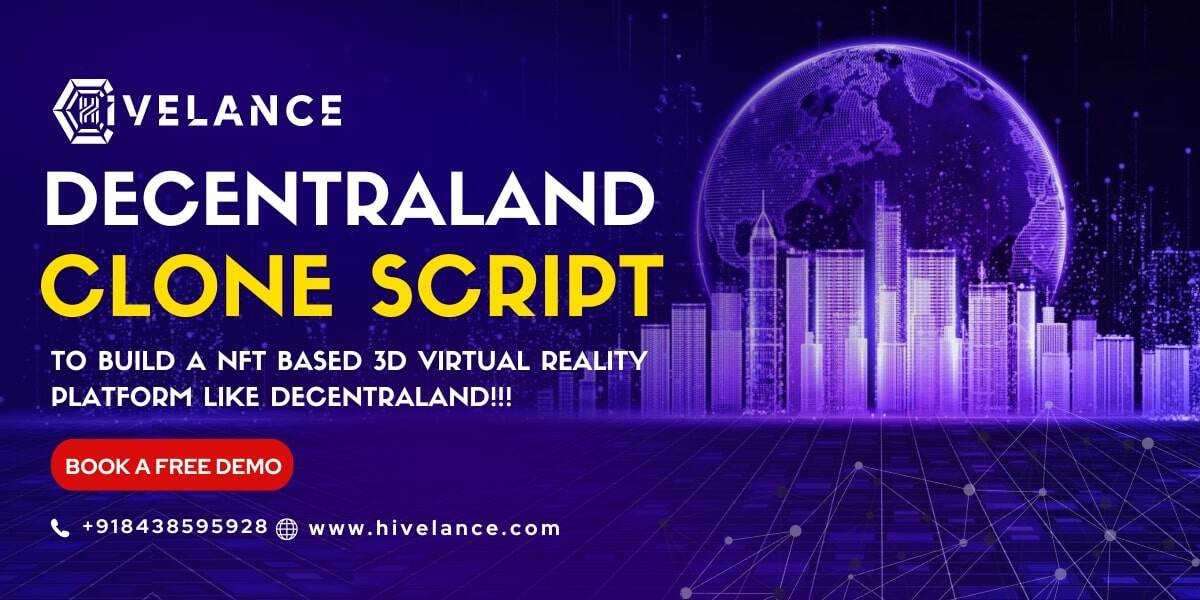The insolvency industry is one that is constantly evolving, and the rise of technology is changing the way insolvency practitioners work. From insolvency management software to blockchain and artificial intelligence, the use of technology is making the insolvency process more efficient, transparent, and accessible. In this blog, we will explore how insolvency technology is revolutionizing the insolvency industry and what the future holds.
Insolvency Management Software
Insolvency management software is designed to automate and streamline the insolvency process. This type of software can help insolvency practitioners increase their efficiency and productivity while reducing the risk of errors. It can automate tasks such as case management, document generation, and reporting. By automating these processes, insolvency practitioners can spend more time on value-added activities such as analysis and decision-making.
One example of insolvency management software is Xero. Xero is a cloud-based accounting software that can help insolvency practitioners manage client accounts, reconcile bank statements, and generate reports. The software is user-friendly and can be accessed from anywhere with an internet connection. By using Xero, insolvency practitioners can reduce the time and resources required for manual bookkeeping and accounting tasks.
Blockchain and Insolvency
Blockchain technology can provide a secure, transparent, and tamper-proof platform for managing insolvency proceedings. Blockchain-based smart contracts can be used to automate the distribution of assets and payments to creditors. Smart contracts are self-executing contracts with the terms of the agreement between buyer and seller being directly written into lines of code. They can facilitate, verify, and enforce the negotiation or performance of a contract.
Read More:Ancoraa Resolution
For example, in a bankruptcy case, a smart contract can be created to automatically distribute assets to creditors based on a pre-defined set of rules. The rules can be programmed into the blockchain, ensuring that they cannot be changed or tampered with. This can reduce the need for intermediaries and increase transparency in the insolvency process.
Artificial Intelligence and Insolvency
Artificial intelligence can be used to analyze large volumes of data related to insolvency cases, identify patterns, and make predictions about the outcomes of different scenarios. AI can also be used to automate routine tasks and provide insights that can help insolvency practitioners make more informed decisions.
For example, AI can be used to analyze financial statements and identify potential red flags. It can also be used to analyze past insolvency cases to identify trends and patterns. By using AI, insolvency practitioners can make better-informed decisions and reduce the risk of errors.
E-Discovery in Insolvency
E-discovery refers to the process of collecting, reviewing, and producing electronically stored information (ESI) in the context of a legal or regulatory proceeding. In the context of insolvency, e-discovery can be used to manage electronic data for efficient case management.
For example, e-discovery software can be used to search through large volumes of emails, documents, and other electronic data to identify relevant information. This can reduce the time and resources required for manual document review and analysis.
The Future of Insolvency
The use of insolvency technology in industry is still in its early stages, but the potential for innovation is vast. As technology continues to evolve, it is likely that we will see more advanced uses of blockchain, AI, and other emerging technologies in the insolvency process.
For example, we may see the use of virtual reality to recreate crime scenes and other evidence in insolvency cases. This could provide a more immersive and accurate representation of events and help insolvency practitioners make more informed decisions.
We may also see the use of machine learning to predict insolvency risk based on a wide range of factors such as financial statements, market conditions, and industry trends. By using machine learning, insolvency practitioners can make more accurate predictions and reduce the risk of errors.








